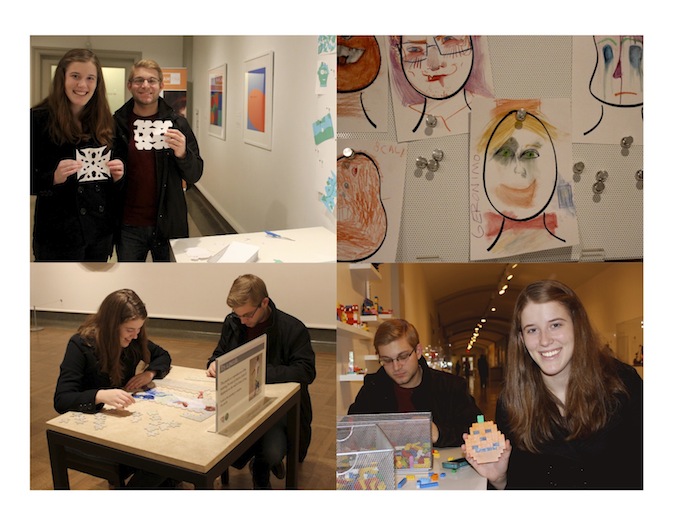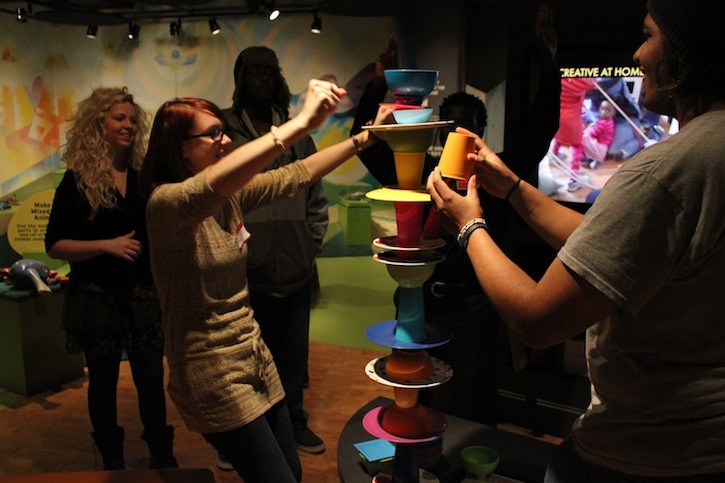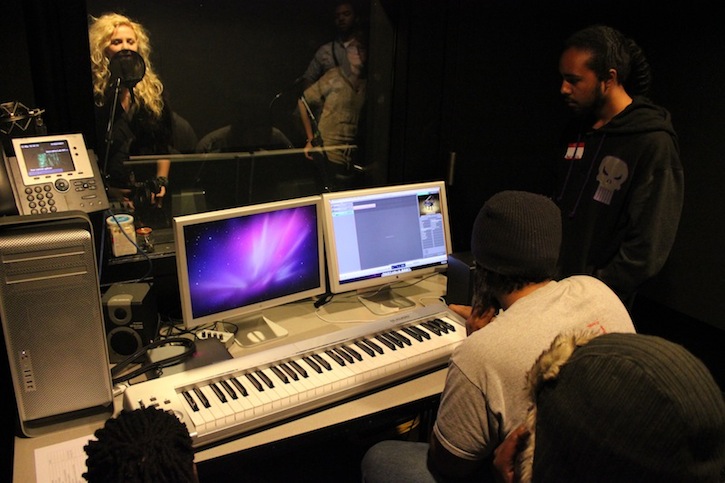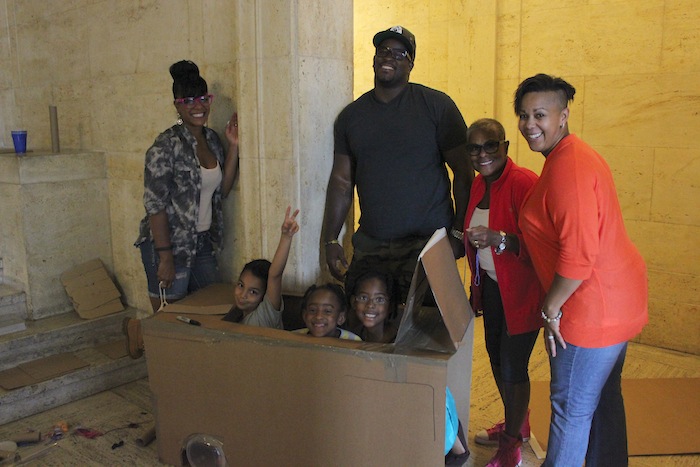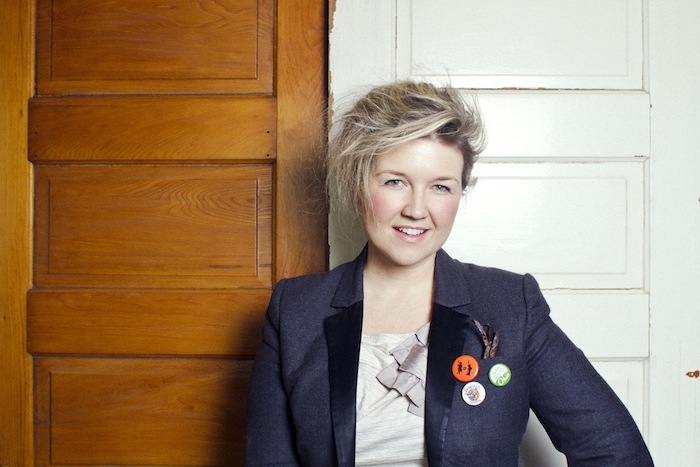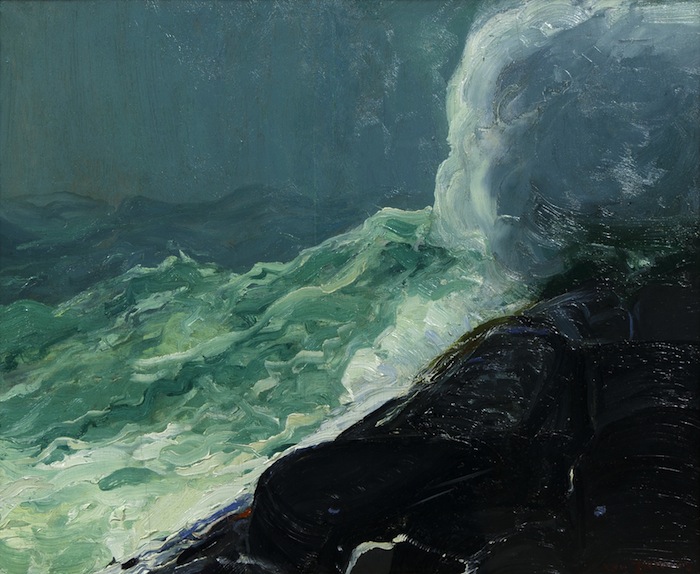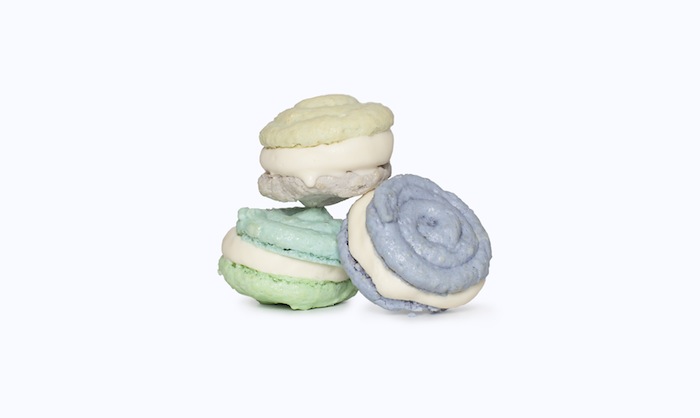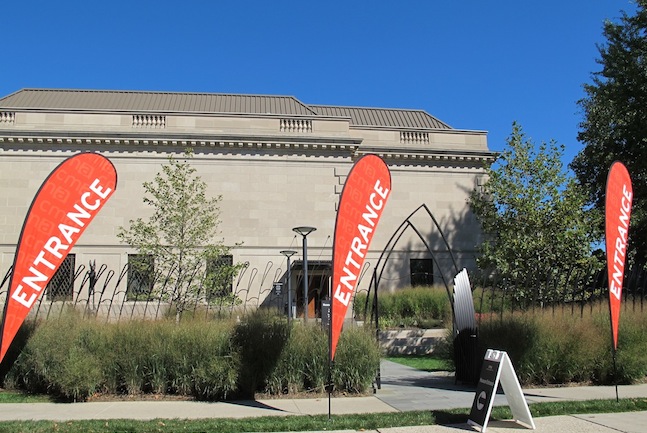I’ve noticed a disturbing trend at art museums. We get all pinched-faced, sweaty-palmed, and somewhat defensive when we hear the “f” word. I’m not talking about the four-letter word that rhymes with duck. I’m talking about the 3- letter word that rhymes with run.
I’m talking about fun.
We don’t like it. We’re uncomfortable with it. When the very word is mentioned a chill sweeps through the air. Eyes begin to bat involuntarily and dormant nervous twitches are inconsolable.
I admit that this repulsion to fun is entirely lost on me. Perhaps I missed that initiation ritual.
I imagine that entombed in one of the matriarchal museums far from here hides a dusty code of ethics for art museums. It most certainly outlines the sound reasons to banish all evidence of fun from our cavernous and echo-filled galleries. I imagine that a group of early directors sporting powdered wigs did a pinky swear outlawing fun forever.
But from where I sit, this clandestine pinky swear could be the downfall of art museums in the 21st century. Why? Because fun is exactly the reason that many of our visitors, at least here at CMA, come to our doors.
Visitors like Alexis and Thomas. This young couple spent several hours last Friday exploring CMA together.
When I first encountered them, I posed the same question I ask all visitors, “So, what brings you to the museum today.” Alexis and Thomas looked at each other quizzically, then responded in unison, “Fun, just for fun.”
This twosome is not unusual. Based on myriad conversations I have with visitors each week, they are not outliers or especially freakish, boorish or uneducated. In fact, they are quite smart and sophisticated.
Both are juniors at OSU. Thomas studies marketing; Alexis is a nursing student and works part-time at Nationwide Children’s Hospital.
But like so many of our visitors, they have limited free time each week, and this week they were looking for a place to spend some enjoyable time together. They chose the art museum. Shocking, isn’t it? Let’s review the irony here. Art museums have a veritable code against fun. We avoid it like the plague; we have a visceral reaction to it. Yet, many visitors come here in search of its captivating embrace.
Fortunately, this story has a happy ending. Because, unlike many other art museums, CMA has welcomed the “f” word. In fact, FUN was adopted as one of our brand qualities years ago.
Of course, fun means something different to everyone. So, being curious, I checked in with Alexis and Thomas several times during their visit. I was curious about how they spent their time at CMA. I was curious what fun looked like to this handsome and smart young couple.
When I asked Alexis what she liked best about her visit she said,
“I just like playing with things. When it’s hands-on, I like it more. It’s way more interesting.” She told me that standing to look at painting after painting on the wall can get tedious. She preferred the many hands-on activities around the museum. Already, I spotted the couple making designs with colored paper, collaborating on a puzzle, and building with LEGO bricks. Alexis also pointed out the watercolor drawing she made earlier.
The art museum founding fathers would no doubt look at all of these activities disapprovingly. If they were alive today, I would reassure them that at CMA fun is not a roadblock to thinking and noteworthy conversation. (For example, Thomas and I had a delightful chat about Maslow’s theory on people’s hierarchy of needs.) Fun doesn’t blind us from our aesthetic sensibilities or destroy our cognitive functions. It isn’t toxic or poison.
Fun is a tool for the curious.
Fun can reinvigorate the obscure, the lackluster, the mundane.
Fun doesn’t corrode our values, but can add more value to our experience.
Fun is what lured Alexis and Thomas to our museum last Friday. So, from where I sit, if we want to continue to attract bright, young people like them to our doors, we need to shatter that misguided pinky-swear promise and start designing for FUN.
Visitors Stories and Conversations is a biweekly blog series highlighting the stories behind many of our delightful visitors.
